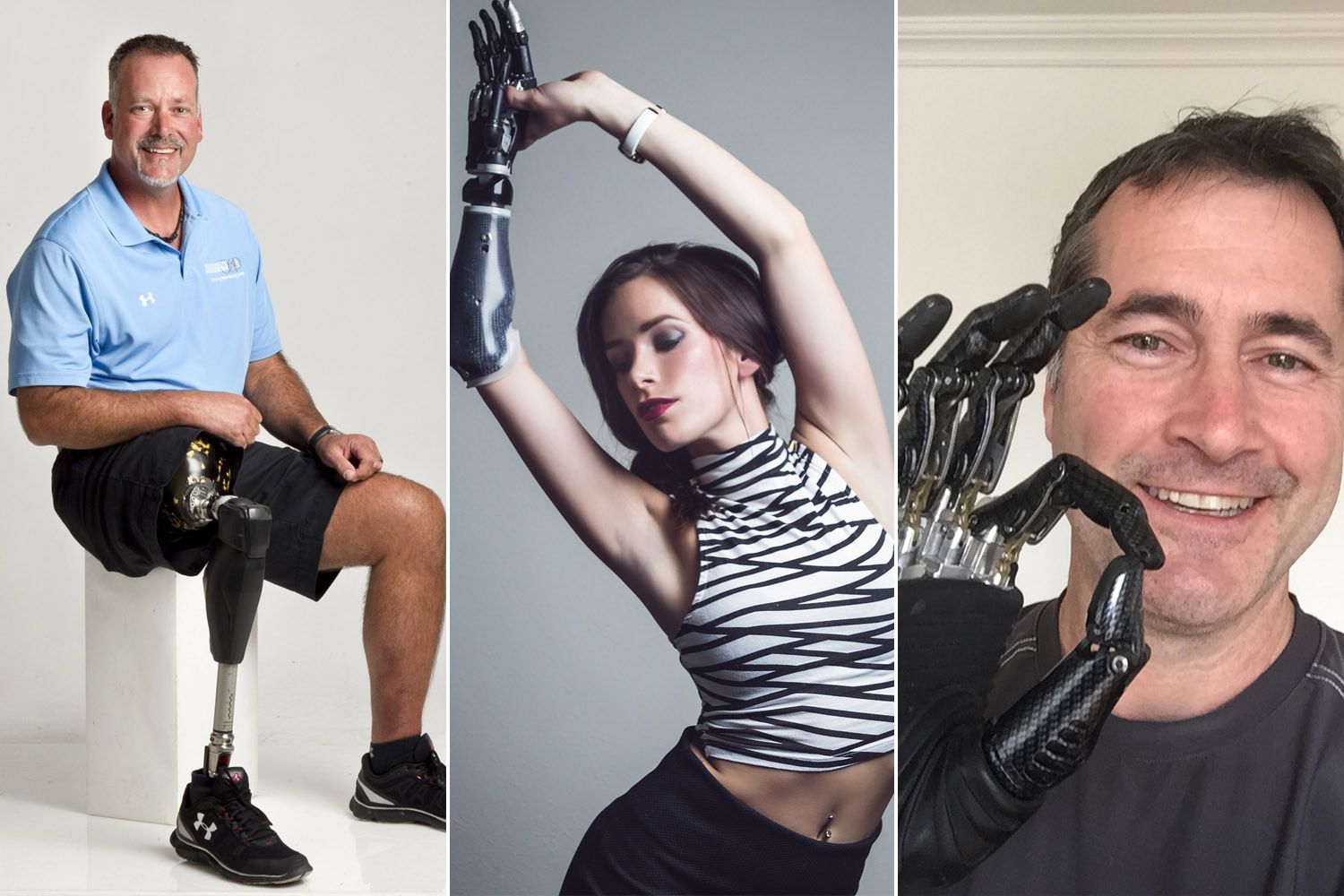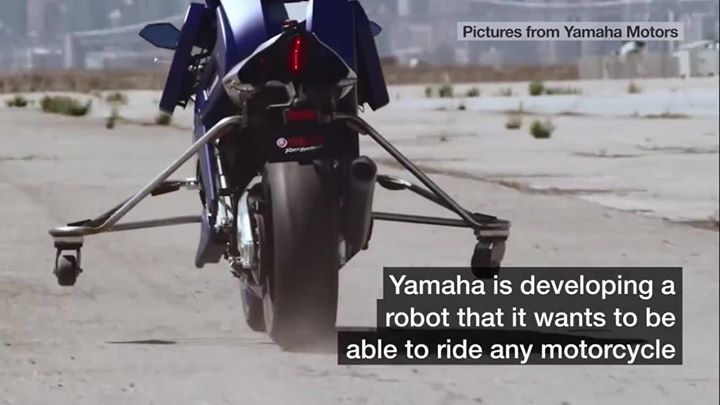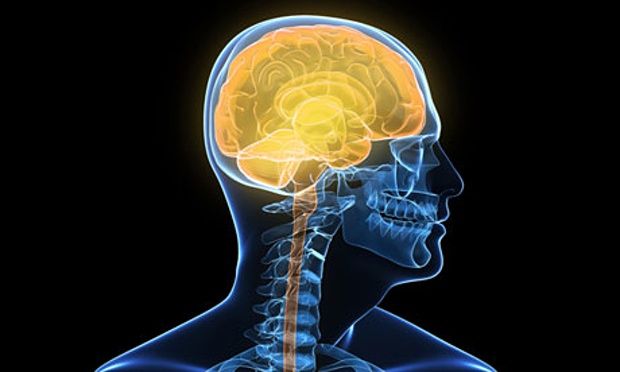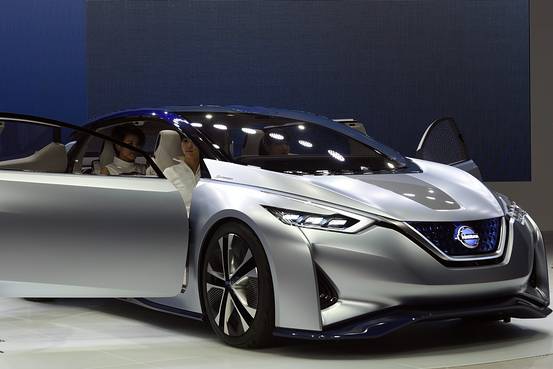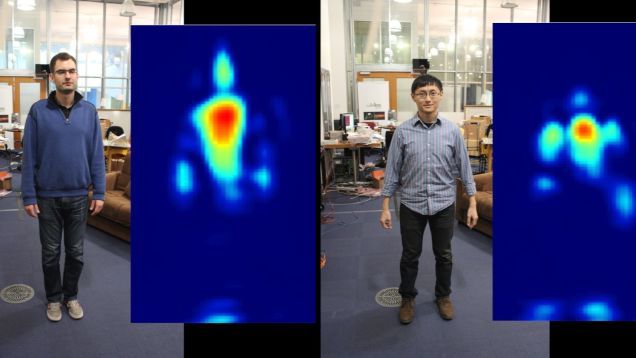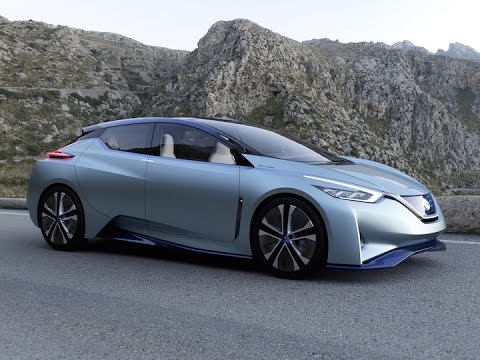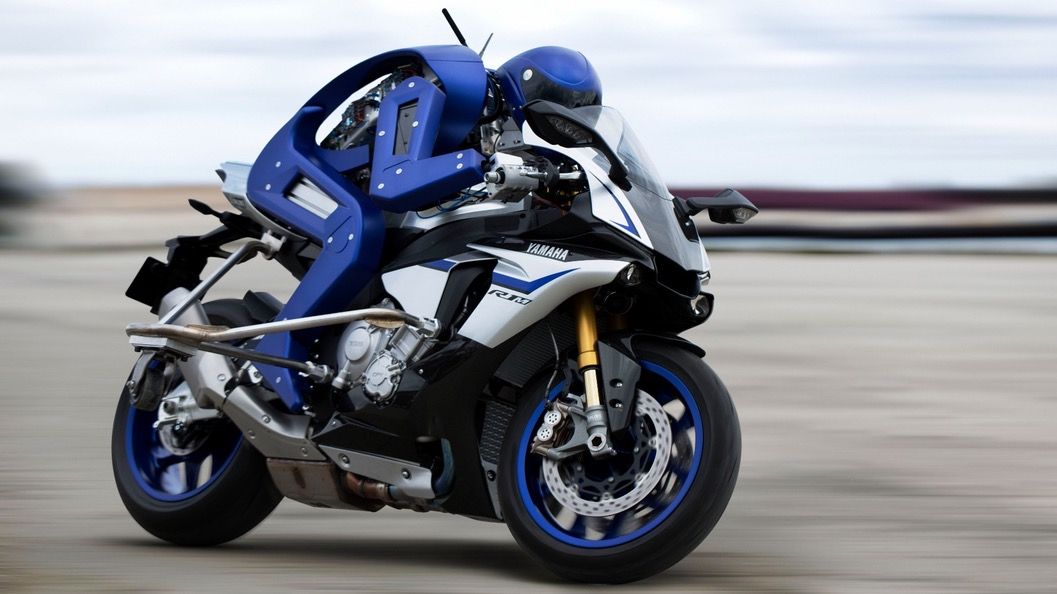These people have got a leg — or an arm — up on the future.
Thanks to the latest advancements in medical science, amputees are becoming part robot, with awe-inspiring artificial limbs that would make Luke Skywalker jealous.
These new limbs come armed with microprocessors and electrodes that sense muscle movement. Others can be controlled by a smartphone app. People missing limbs often tried to hide their prosthetics, but these New Yorkers are showing them off with pride.
Rebekah Marine.
Rebekah Marine had the modeling bug from a young age, playing dress-up as a kid and getting her mom to take her to try out for modeling agencies in New York.
The one problem? She was born without part of her right arm.
“I was just kind of quickly denied from [agencies] based on my quote-unquote disability,” the 28-year-old says.
